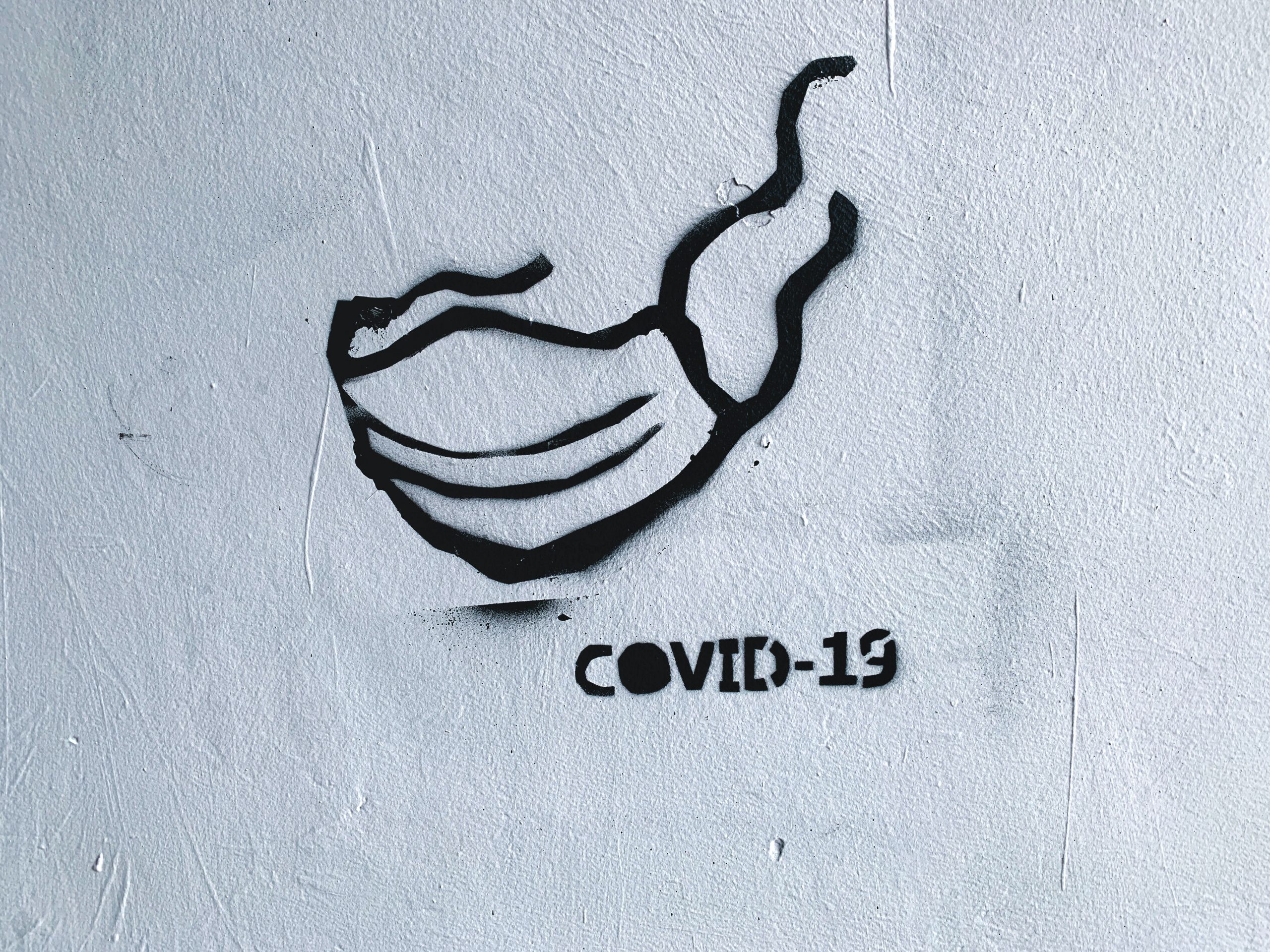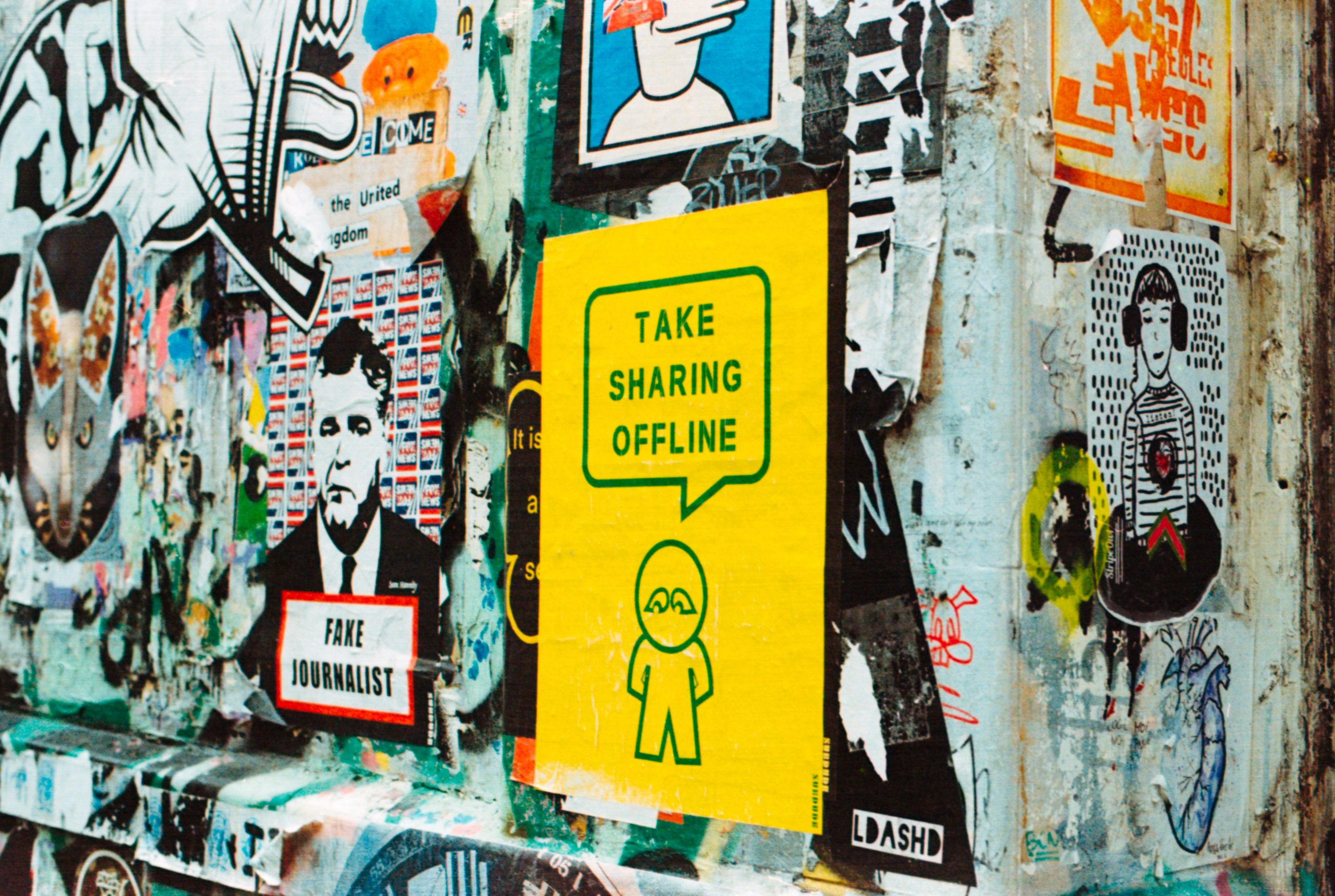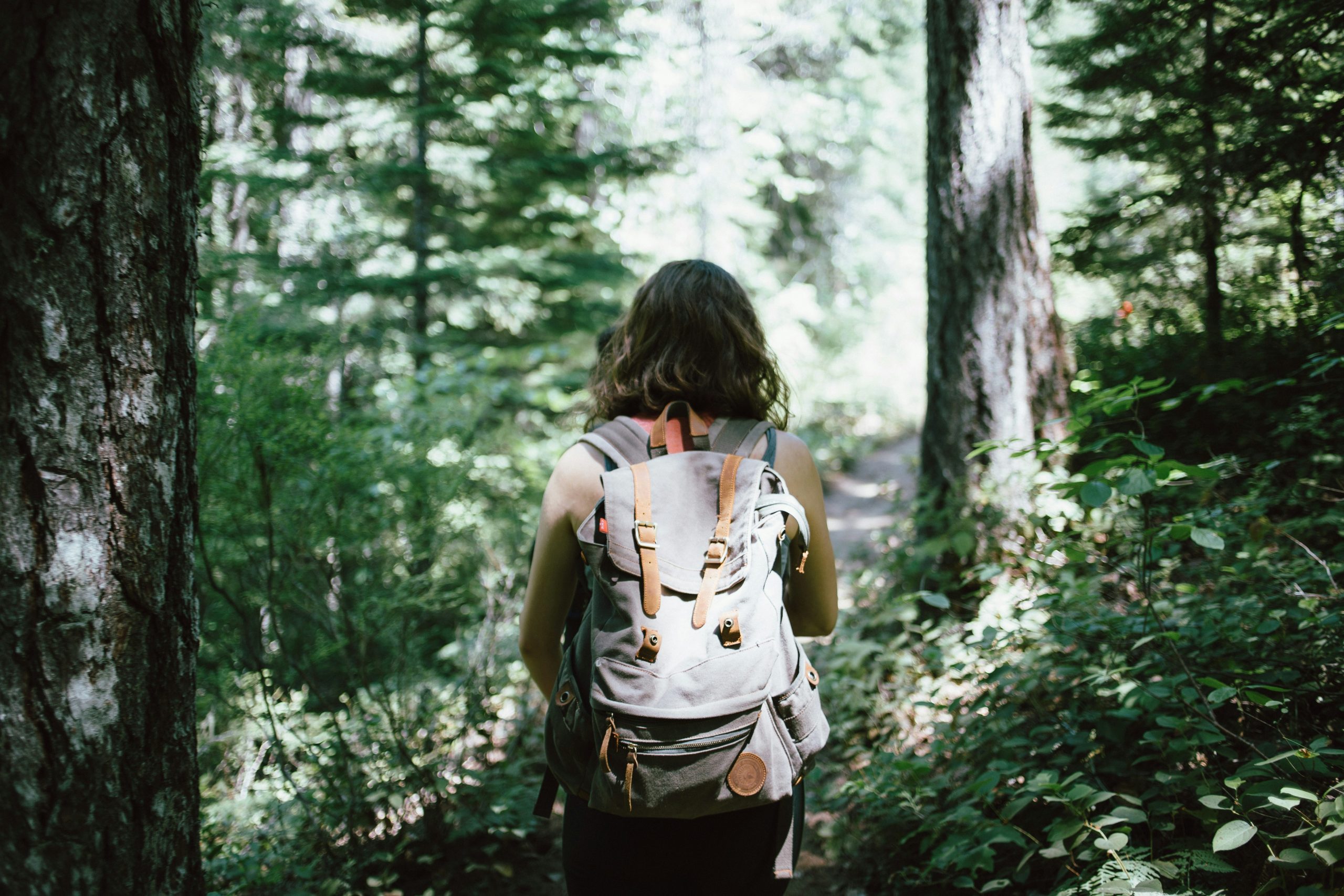With COVID-19 came a new normal, one where most of our daily interactions slowly went from having face-to-face contact as a logical (and at times much necessary) prerequisite to largely being mediated by screens. Platforms, both new and old, became both social lifelines and a way to stay on top of the deadly disease quickly spreading across the globe. This meant that social media, despite its languishing utility and a general decline in user growth, became not just relevant again, but helped soothe the pandemic blues for a great number of people, all over the world.
The ability to connect via so many different platforms has undoubtedly eased the permeating feeling of social fragmentation that we have been feeling throughout the last year, as we now had an outlet for the immense boredom and lethargy that came with self-isolation and continued lockdowns. The shared experience of the pandemic did not necessarily yield the same response across the board though. Where some utilized social media to deal with pent-up frustrations and, perhaps, continue their artistic self-expression in interesting new ways, others felt that the harsh realities of COVID-19 made it almost impossible to post the usual selfie or celebratory birthday greeting. This led to a lot of people (re)discovering fun new uses for social media, whether it was through activism, personal business ventures or simply informing others of the dangers of the coronavirus.
Staying connected through tough times
For many people, social media was now a way to connect with loved ones that the pandemic inevitably cut us off from and maintain and/or develop new friendships through niche sites and apps, or tried and true platforms like Instagram and Facebook. Our innate need to socialize would even spark advanced new modes of cross-media communication with online board games, internet watch parties, and countless apps geared towards remote learning. Society was slowly but surely adapting to our rather grim circumstances, and with this, social media began to play a far more active part in our daily routine. For some, this meant a newfangled appreciation of social media, especially now that both our personal and professional lives needed this beast to survive. But with this constant usage of social media came the great risk of feeling overwhelmed, and later, a desire to delete certain social media apps altogether.
Scroll, scroll… sigh
For some of us, the constant switching between apps, incessant notifications, and long-lasting doomscrolling meant an urge to delete their social media—a kneejerk reaction that no doubt makes sense considering the circumstances and is also well-documented by companies like Brandwatch. Dangerous misinformation about the coronavirus spread like wildfire on the same platforms that hosted feel-good content and honest discussions about the long-term effects of this pandemic. Pandemic-related conspiracy theories took flight and caused actual, real-life harm to some individuals. Instagram duly reminded us that not everyone seemed to care about the COVID-19 restrictions the same, as some still posted aesthetic travel vlogs and sunlit beach pictures. And then there was the fact that the pandemic simply took too long (and still is) to go away, so any erstwhile comfort that the trappings of social media offered, slowly started to fade.
Sometimes, less is more
The growing social media fatigue had led to a great number of people reevaluating their relationship with social media in general, deleting apps that they no longer had a use for, and downloading new ones that they felt better suited their needs—productivity and other self-improvement focused apps saw great user increase, as a lot of us strived to use this time indoors wisely. This impromptu social media spring cleaning resulted in many people finding new niche communities that fit their interests and ambitions, and then, in turn, new friends to share these things with. The ability to delete certain apps or social media profiles also meant an initial reorganization of personal connections in order of priority or closeness. Meaning, a lot of us came to realize which people were most important to us during this tough time, as well as which interpersonal relationships could survive the gradually decreasing face-to-face contact.
A new normal
COVID-19 undoubtedly brought the world an abundance of pain, suffering, and general inconvenience, but with it, also came a rather healthy dose of realism. Authenticity and honesty became the next big thing on countless platforms as the pandemic continued to wreak havoc on society, reversing the former idea of social media being an aspirational place of perfection. Social media has become more embedded in our lives than ever, and this growing dependence is likely here to stay, not just because of the uncertainty of our current situation, but because of the novel ideas we have introduced this last year. We are creating a new normal, one where we can embrace and express our true selves, one where we can make true connections outside the vacuum of picture-perfect Instagram feeds and well-managed Twitter feeds. Maybe, just maybe, the pandemic is helping us change social media for the better?



